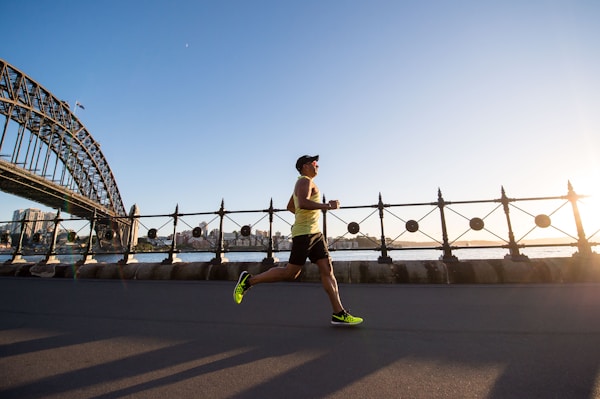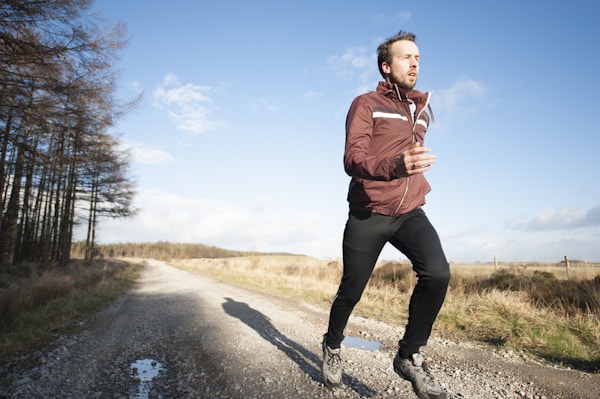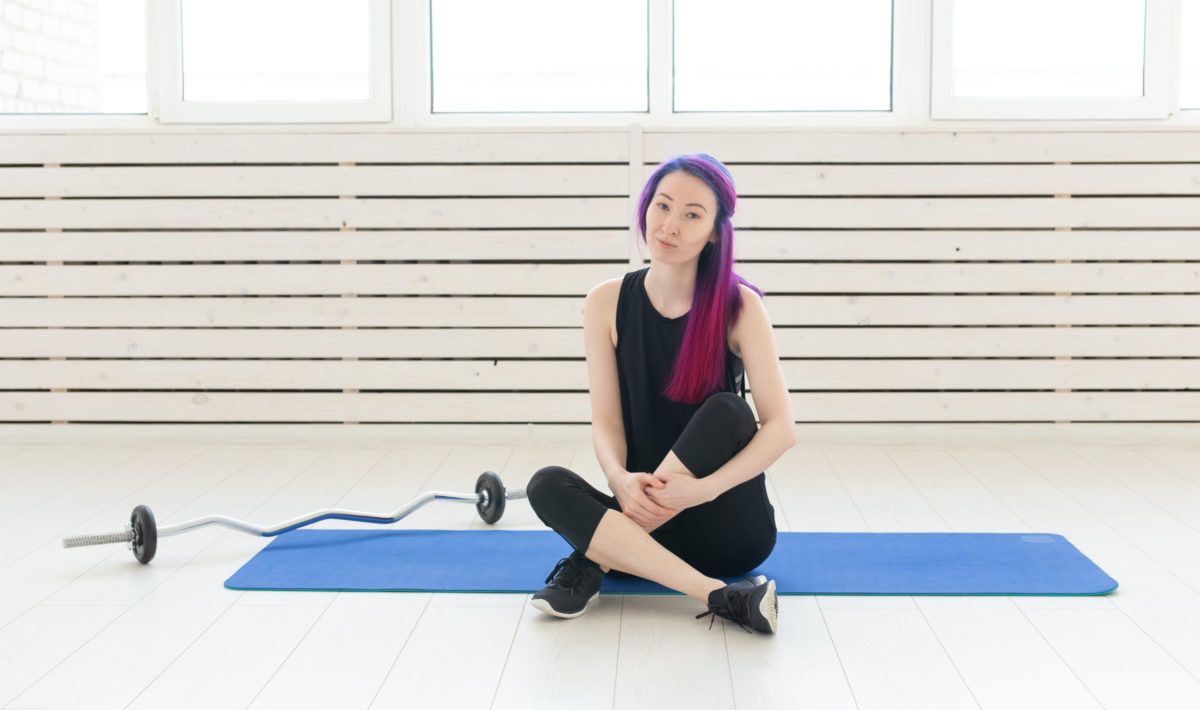Regular exercise is essential for overall good health, including respiratory health. Exercise has been shown to improve respiratory function and symptoms in people with various respiratory conditions. If you’re interested in learning more about how exercise improves your respiratory health, take a look at this helpful guide.
Exercise increases the blood flow to your lungs.

The lungs play a vital role in the human body by exchanging carbon dioxide and oxygen between the blood and the air. When you exercise, your body’s oxygen needs to increase, and your lungs work harder to provide that oxygen. This increased demand for oxygen can cause your blood vessels to expand, allowing increased blood flow to the lungs. Additionally, increased muscle activity can help push blood from the lungs back to the rest of the body. All these factors can help improve the lungs’ function and increase the amount of oxygen delivered to the body’s tissues. In addition to these factors, investing in the most functional activewear is essential to ensure you’re comfortable and breathing correctly. Womens activewear The Beginning Of offers ergonomic activewear that’s both sustainable and contoured to help you breathe efficiently and stay active.
Exercise improves your lung capacity.

When you earn a bachelors in respiratory therapy, you’ll learn that exercise assists in strengthening your lungs. When you exercise, your body works harder, which causes your lungs to work harder too. This improved breathing capacity can help protect you from respiratory illnesses like bronchitis and pneumonia. Exercise also helps keep the lungs healthy by increasing the oxygen they can take in. This increased oxygen uptake can help keep the lungs functioning at their best and may even help reverse some damage that has been done to them. In addition to these general benefits, a few specific exercises are ideal for strengthening the lungs. These include aerobic activities such as running, biking, swimming, and weightlifting exercises that work the upper body. Whatever type of exercise you choose, start slowly and gradually increase the intensity and duration as your body becomes stronger.
Regular exercise helps prevent lung diseases.
Chronic obstructive pulmonary disease (COPD) is a term that encompasses the progression of different lung diseases that persist for a long time, like chronic bronchitis and chronic obstructive pulmonary disease (COPD). In the United States, about 1 in 15 people have COPD, making it the third leading cause of death. Some common causes of COPD include smoking, air pollution, occupational exposure to dust and chemicals, and infections such as tuberculosis. Other respiratory diseases include asthma, bronchitis, and cystic fibrosis. Regular exercise can help improve your lung function and prevent chronic lung diseases by keeping your lungs healthy and strengthening the muscles around them, improving your overall health, and reducing your risk of other health problems that can lead to lung disease.
Regular exercise can also help people already impacted by COPD and other lung issues breathe easier and stay active. Exercise helps the lungs work better by strengthening the muscles around the lungs and chest. This makes it easier to breathe and can improve overall lung function. Exercise can also improve mood and energy levels. Many types of exercises can be helpful for people with chronic lung disease. Walking, swimming, and biking are all good exercises to start with. It is important to start slowly and build up gradually. Be sure to talk to your doctor before starting an exercise program.
Exercise teaches you how to breathe efficiently.
Breathing is a basic life function that we often take for granted. However, proper breathing is essential for physical activity and overall health. Breathing properly during exercise can help you maximize your workout, improve your endurance, and reduce your risk of injury. When you breathe efficiently, you can take in more oxygen, which helps your muscles function better. Additionally, efficient breathing helps you stay calm and focused, improving your performance. Additionally, exercising enables you to breathe more efficiently when you’re not exercising, which keeps your lungs healthy. Here are a few steps for breathing correctly during exercise:
- Inhale deeply and slowly.
- Exhale fully.
- Keep your breathing rhythm consistent.
- Take a few deep breaths before beginning your workout.
- Pause briefly after exhaling to allow your body to take in more oxygen.
- Avoid holding your breath.
If you have a respiratory condition, it is important to make sure that you include regular exercise in your treatment plan. Talk to your doctor about what types of exercise are safe for you, and start gradually and work your way up to a more strenuous routine. And, of course, always consult your doctor before starting a new exercise program.

